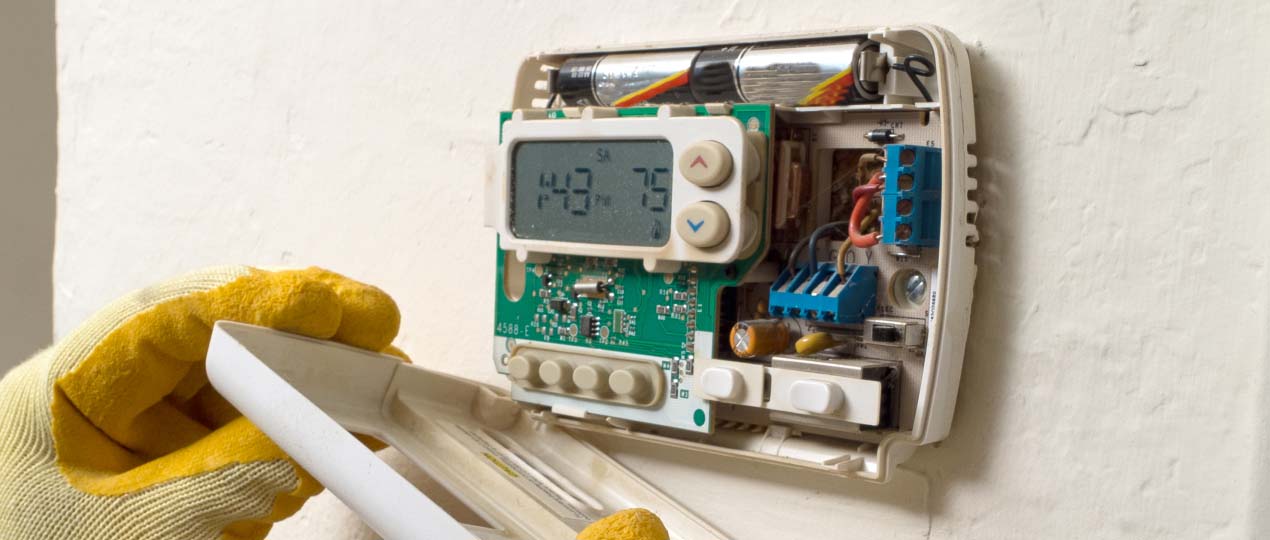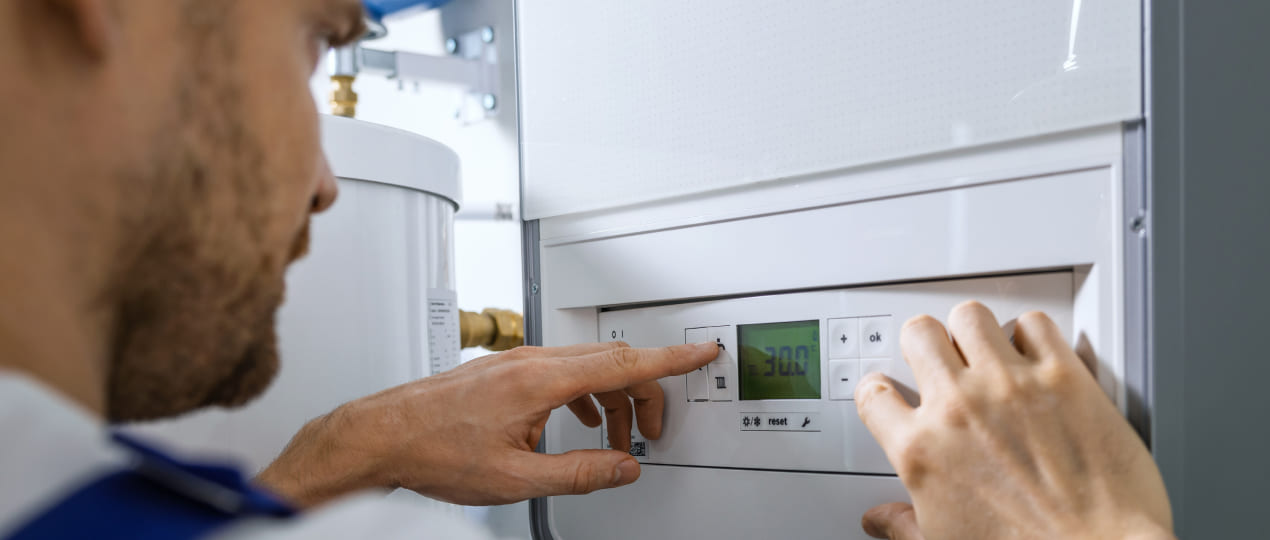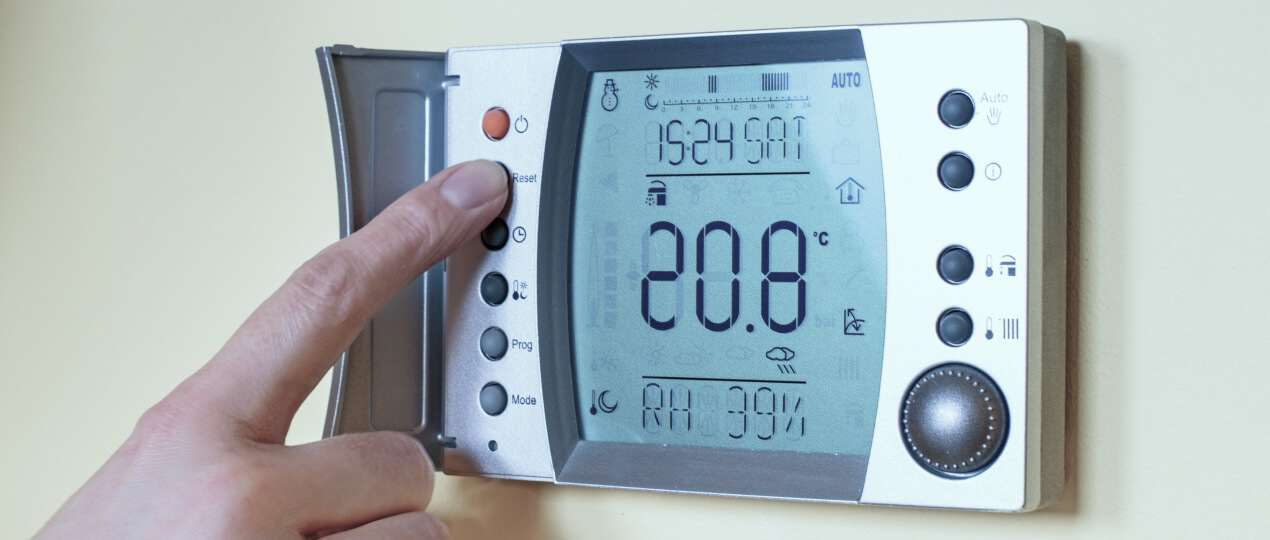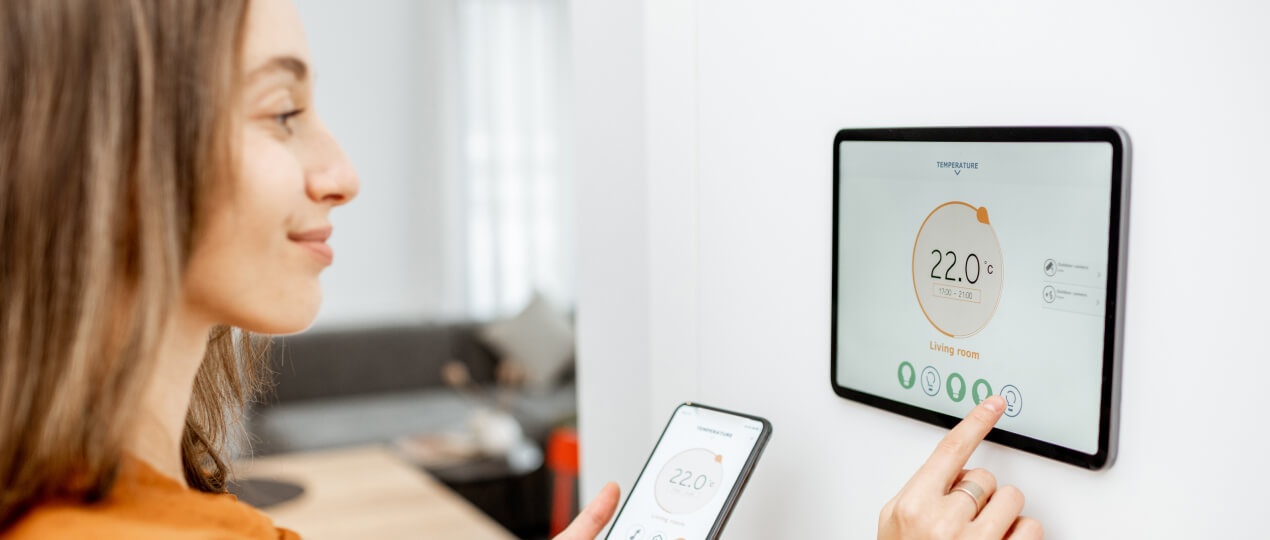
A properly calibrated thermostat is crucial for efficient and effective temperature control in your air conditioning system. Thermostat calibration involves adjusting the thermostat to accurately reflect the ambient temperature and respond accordingly to changes in temperature settings. Over time, factors such as environmental conditions, age, and mechanical wear can cause a thermostat to drift from its original calibration, leading to inaccurate temperature readings and inefficient operation of your AC system.
Signs that your air conditioner thermostat needs to be calibrated
Several signs indicate that your air conditioner thermostat require immediate attention. Here are the key indicators that it’s time to calibrate your AC thermostat:
- Temperature fluctuations If you notice significant discrepancies between the temperature displayed on the thermostat and the actual room temperature, this may indicate a calibration problem.
- Frequent cycling An improperly calibrated thermostat can cause your air conditioner to switch on and off more often than necessary, resulting in increased energy consumption and wear and tear on the system.
- Uneven cooling Uneven cooling in your home or office space may indicate a problem with the thermostat calibration.
- Increased energy bills Inaccurate temperature control can lead to excessive energy consumption and higher utility bills, signalling the need for calibration to improve efficiency.
Factors affecting thermostat calibration accuracy

While AC thermostat calibration is an essential step in maintaining a properly functioning cooling system, there are several factors that could affect the accuracy of the calibration:
Thermostat type
Mechanical thermostats (which use a metal coil or bimetallic strip) can lose their calibration over time, especially due to wear. Digital thermostats, on the other hand, often have more precise calibration mechanisms but may still need recalibration after extended use or if the sensor becomes damaged.
Location of the thermostat
Where your thermostat is placed can significantly impact its accuracy. It should be located in a central area of the home, away from drafts, direct sunlight, or heat-producing appliances like ovens and refrigerators. Poor placement can cause the thermostat to read inaccurately, even if it is properly calibrated.
System malfunctions
Sometimes, calibration issues are not related to the thermostat itself. For example, faulty wiring can cause inaccurate readings. In such cases, recalibrating the thermostat alone won’t solve the problem – you may need to address the underlying issues with the system.
Environmental factors
Changes in the environment can affect your thermostat’s performance. For instance, extreme changes in humidity or temperature can cause expansion or contraction in the internal components, leading to inaccuracies in readings.
How to calibrate your AC thermostat in 3 easy steps?
A properly calibrated thermostat ensures that your AC system runs efficiently and maintains the desired temperature in every room. Below, we outline three easy steps to ensure your thermostat is reading and regulating temperatures correctly.
- Turn off your unit Before you start any calibration work, turn off your appliance and make sure it is completely powered down. This is important to avoid any electrical mishaps while adjusting the thermostat.
- Adjust the settings Refer to the manufacturer’s instructions to access the calibration settings on your thermostat. This usually requires removing the cover or accessing the programming menu. Adjust the calibration settings based on the temperature changes you observe when compared to an external thermometer.
- Test and monitor After setting the thermostat, allow enough time for the thermostat to stabilize and accurately display the room temperature. Monitor its performance over the next few days to ensure stable and reliable operation.
If you have any difficulties or are unsure about the calibration process, seek professional help from HVAC technicians with the experience and specialized tools to calibrate thermostats accurately.
Trust us to provide cost-effective and long-lasting solutions for any HVAC issue.
Order the best specialist in Canada Now (866) 545-6460
REFERENCES
1. Vallianos, C., Candanedo, J., & Athienitis, A. (2023). Application of a large smart thermostat dataset for model calibration and Model Predictive Control implementation in the residential sector. Energy, 278, 127839. https://www.sciencedirect.com/science/article/abs/pii/S0360544223012331
2. Al-Sanea, S. A., & Zedan, M. F. (2008). Optimized monthly-fixed thermostat-setting scheme for maximum energy-savings and thermal comfort in air-conditioned spaces. Applied Energy, 85(5), 326-346. https://www.sciencedirect.com/science/article/abs/pii/S0306261907001201



